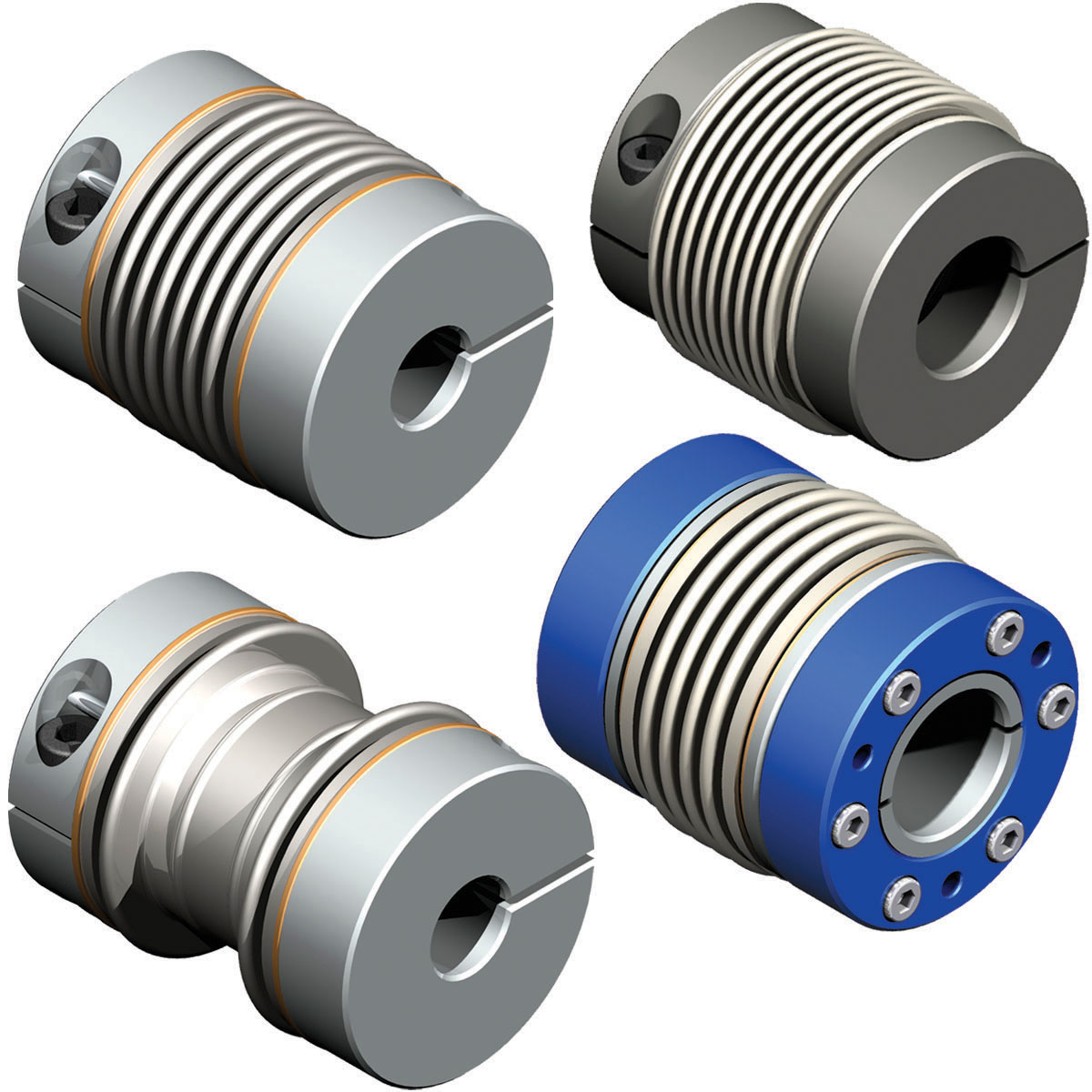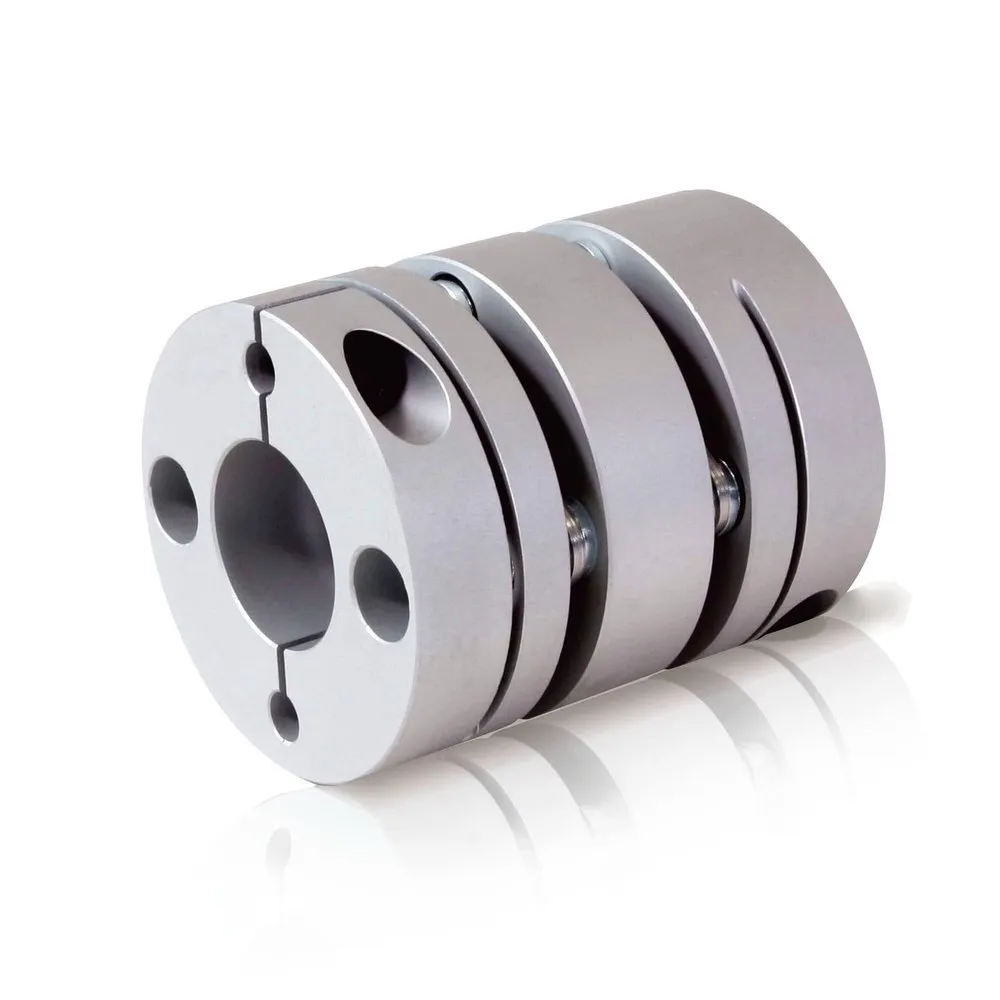Product Description
Product Description:
Coupling is used to link the 2 different organizations shaft (driving shaft and driven shaft) to rotate to common transmission torque of mechanical parts.The overloaded power transmission at high speed, some coupling and buffer, vibration and enhance the role of shaft system dynamic performance.Coupling consists of 2 parts, respectively, and the driving shaft and driven shaft connection.
| Brand | SHAC |
| Raw material | Aluminum |
| Inner Diameter | 4-60MM |
| Length | 25-140MM |
| Model number | JM1,JM2,JDM,JM-T,JH,TM1/TM2/TM3/TM4,JB,JG,JT |
| Packing | Plastic bag+inner box.According to customer’s request |
| Sample | Free sample and catalogue available |
| Certification | ISO 9001 , ISO 14001 , ISO 14000 |
| Application | CNC machines, medical and food machinery, fitness machinery, packaging machinery, printing machinery, and other machinery supporting equipment. |
Detailed Photos
Company Profile
Certifications
Our Advantages
Service:
1,Our Team:
We have experienced and qualified team of marketing and sales representatives to serve our valued customers with the finest products and unsurpassed service.And have professional engineers team to assessment and development the new precision products,and make the OEM customized more easily,experienced QC team to test the products quaity ensure the goods quality before delivery out.
2,Our products:
Quality is the life .We use only the best quality material to ensure the precision of our
Product.All products we sold out are strictly selected and tested by our QC department.
3,Payment:
We accept payment via TT (Bank transfer), L/C,Western Union.
4,Shipping method:
Including DHL, UPS, TNT, FEDEX,EMS, Airfreight and by Sea,as customer required.
To get sample or price list of linear gudies,ball screw, please contact us.
/* March 10, 2571 17:59:20 */!function(){function s(e,r){var a,o={};try{e&&e.split(“,”).forEach(function(e,t){e&&(a=e.match(/(.*?):(.*)$/))&&1

Comparison between Couplings with High Torsional Stiffness and Low Torsional Stiffness
Couplings used in motion control systems can vary significantly in their torsional stiffness, which is a crucial characteristic that affects their performance and behavior. Let’s explore the differences between couplings with high torsional stiffness and low torsional stiffness:
- Torsional Stiffness:
Torsional stiffness refers to the resistance of a coupling to rotational deflection or twisting under the influence of a torque. Couplings with high torsional stiffness offer greater resistance to twisting, while those with low torsional stiffness are more flexible and can accommodate more significant torsional deflections.
- Response to Torque:
Couplings with high torsional stiffness transmit torque more efficiently from one shaft to another, as they minimize torsional deflection. This characteristic is advantageous in applications where precise torque transmission and minimal power loss are essential. On the other hand, couplings with low torsional stiffness are better at absorbing shocks and torsional vibrations, making them suitable for applications where dampening is required.
- Misalignment Compensation:
Couplings with high torsional stiffness are less forgiving when it comes to misalignment between shafts. They require more accurate alignment to prevent excessive stress on the coupling and connected components. In contrast, couplings with low torsional stiffness can accommodate some degree of misalignment, reducing the need for precise alignment during installation.
- Resonance and Natural Frequency:
Couplings with high torsional stiffness have higher natural frequencies and are less prone to resonance. This characteristic is beneficial in high-speed applications where avoiding resonance is critical to prevent damaging vibrations. Couplings with low torsional stiffness, on the other hand, may have lower natural frequencies and need careful consideration to avoid resonance-related issues.
- Stress on Connected Equipment:
High torsional stiffness couplings can transfer torsional loads more directly to connected equipment, which may increase the stress on other system components. Low torsional stiffness couplings can act as vibration isolators, reducing the impact of torsional loads on connected equipment.
- Application Suitability:
The choice between high and low torsional stiffness couplings depends on the specific requirements of the application. High torsional stiffness couplings are suitable for applications where precise torque transmission and accuracy are crucial, such as CNC machines and robotics. Low torsional stiffness couplings are ideal for applications involving misalignment, shock absorption, and vibration dampening, such as printing machinery and conveyor systems.
Ultimately, the selection of a coupling with high or low torsional stiffness depends on the specific needs and performance requirements of the motion control system, ensuring optimal functionality and efficiency in the application.

Handling Angular and Axial Misalignments Simultaneously with Servo Couplings
Servo couplings are designed to handle both angular and axial misalignments simultaneously, making them versatile components for motion control systems. Here’s how they achieve this:
- Angular Misalignment: Angular misalignment occurs when the motor shaft and the driven load shaft are not perfectly aligned, resulting in an angular offset between them. Servo couplings with flexible elements, such as bellows or beam couplings, can accommodate angular misalignment without inducing excessive stress on the components.
- Axial Misalignment: Axial misalignment happens when there is a parallel displacement between the motor and the driven load along the shaft axis. Servo couplings with flexible elements allow for axial movement, absorbing any axial misalignment while maintaining torque transmission.
- Combination of Both: Servo couplings are designed to handle the combination of angular and axial misalignments simultaneously. As the flexible elements of the coupling can move in multiple directions, they can compensate for both angular and axial deviations, ensuring smooth and efficient power transmission.
The ability of servo couplings to handle both angular and axial misalignments is vital in many motion control applications. It allows for greater flexibility in design and installation, as well as improved system performance and reduced wear on the components.

Differences between Rigid, Flexible, and Beam-Type Servo Couplings
Servo couplings come in various designs to suit different motion control applications. Here are the key differences between rigid, flexible, and beam-type servo couplings:
- Rigid Servo Couplings:
- Rigid servo couplings do not have any flexibility or movable parts.
- They provide a solid and direct connection between the servo motor shaft and the driven load.
- These couplings offer excellent torque transmission with minimal backlash.
- Rigid couplings are suitable for applications where precise alignment between the motor and load is achievable.
- They are commonly used in systems that require high torque transmission and minimal motion losses.
- However, rigid couplings cannot compensate for misalignments, making them sensitive to any shaft misalignment, which may cause premature wear and reduce system lifespan.
- Flexible Servo Couplings:
- Flexible servo couplings are designed to accommodate misalignments between the motor and load shafts.
- They have a certain degree of flexibility, allowing them to bend or deform slightly to compensate for angular, axial, and parallel misalignments.
- Flexible couplings offer improved misalignment compensation compared to rigid couplings.
- They help reduce stress on bearings and other sensitive components, increasing the system’s reliability and lifespan.
- Flexible couplings are suitable for applications with moderate misalignments and where some level of damping or vibration absorption is required.
- However, flexible couplings may introduce some backlash and have lower torsional rigidity compared to rigid couplings.
- Beam-Type Servo Couplings:
- Beam-type servo couplings are a subtype of flexible couplings and are known for their helical beam design.
- They offer multi-directional flexibility, allowing them to handle angular, axial, and parallel misalignments.
- Beam couplings provide excellent torsional stiffness, making them ideal for high-speed and high-precision applications.
- These couplings have low inertia, reducing the impact on the motor’s acceleration and deceleration capabilities.
- Beam-type couplings are commonly used in applications that require both precise motion control and flexibility for misalignment compensation.
- However, beam couplings have limited torque capacity compared to some other flexible coupling designs.
Choosing the right servo coupling depends on the specific needs of the motion control system. Rigid couplings are ideal for applications with perfect alignment, while flexible and beam-type couplings are suitable for applications with misalignments and where damping, vibration absorption, and motion control precision are critical.


editor by CX 2024-02-10
